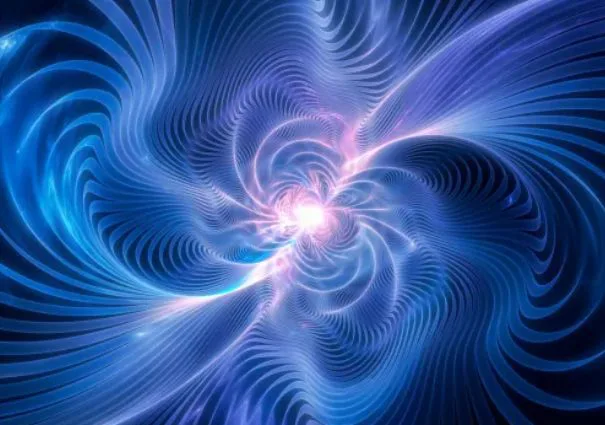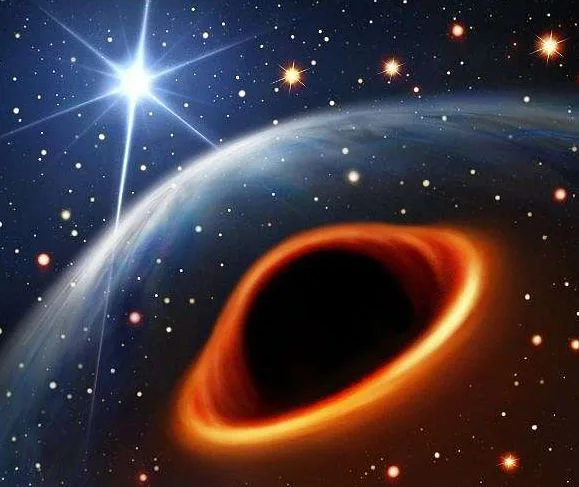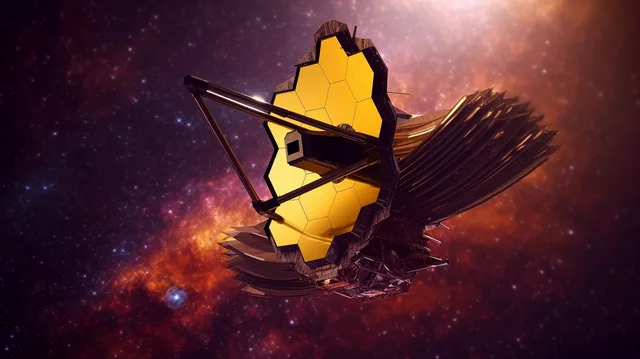
Stars are the building blocks of galaxies. Turbulence, that is, the result of chaotic changes in pressure and velocity deep within the dust clouds gives rise to some mass. This “mass” results in stellar gravity due to which, the peripheral dust and gas start to disintegrate under its own gravitational attraction. And hence, star formation takes place.
Generally, all stars are born spinning. In the initial studies, it was postulated that as stars mature, their spin slows down, partially because of magnetic winds, also known as “’magnetic braking”.
However, as per a recent study led by researchers at the University of Birmingham stars as old as Sun, spin faster than the earlier magnetic braking theories postulated.
Asteroseismology to measure star’s age
Scientists used asteroseismology, to figure out how star rotates. Asteroseismology uses stellar oscillations to probe the internal stellar structures. By measuring the oscillations triggered by the internally trapped sound waves, the researchers can hypothesize star’s age and size.
As star spins, it sheds out various frequencies. It’s like saying, sound of two ambulances that are standing on either side of round about with respect to scenario when they are moving in circles. Rate of the spin – for both young and old stars – is then calculated by measuring these frequencies.
Older stars rotate faster
Dr Oliver Hall, lead author of the paper said the recent asteroseismic data is substantial proof which states older stars rotate faster due to ‘weakened magnetic braking’. So far, simulations on young stars have postulated that the change in a star’s spin is consistent throughout their lifetime. However, this is quite different with the results that the new data has shown.
So, what could be the reason to this change in momentum loss?
Researchers think that in due course of time, there might be alteration in star’s magnetic field, which in a way impacts the spinning.
Nevertheless, the effect of magnetic field on rotation is an equally important area of future study. And scientists are looking forward to work on the field.
Takeaway
Study’s co-author Dr Guy Davies claims these findings as stepping stones to know and learn more about Sun and our galaxies building blocks, the stars.
This study will also help in creating improved models of solar rotation. Eventually that would help scientists in
- predicting harmful space weather in the future
- helping asteroseismologists to improve existing models of solar rotation
This will also assist in gaining more in-dept understanding of big bang and inflationary theory.



